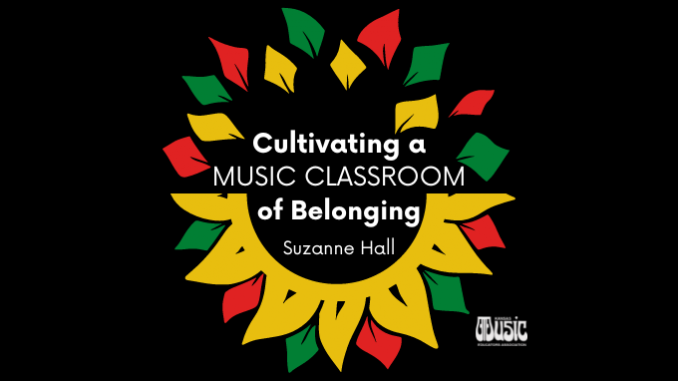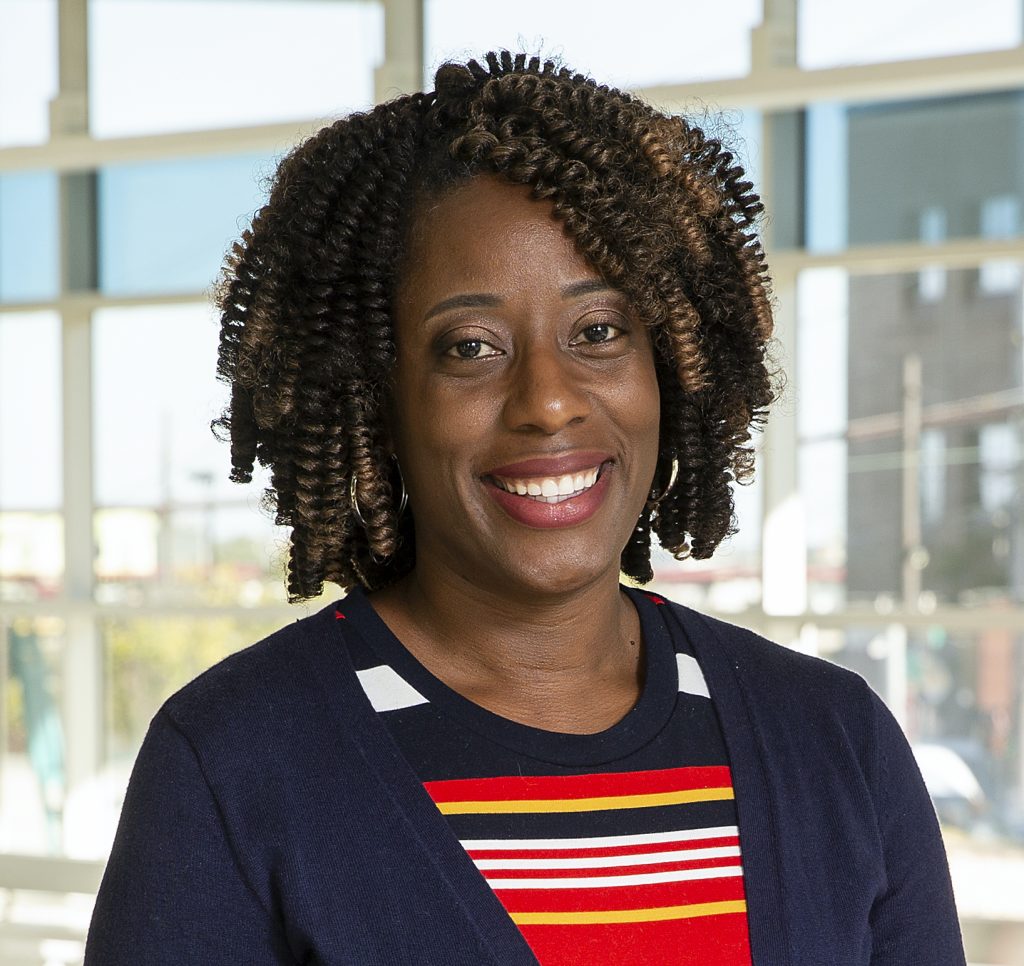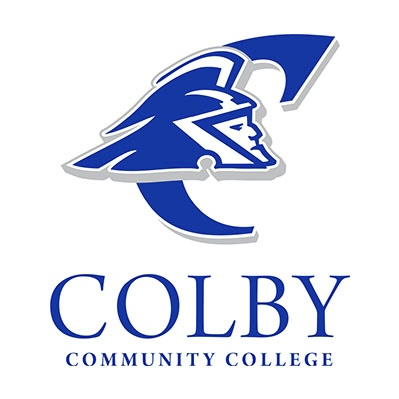
by Suzanne Hall, Ph.D., Associate Professor, Temple University
The summer of 2020 brought passionate cries for equality and social justice that resonated throughout the globe. The protests, compounded by the devastating pandemic, were a sober reminder that systemic change is necessary to ensure equity and justice for all. In response, institutions, from the private to public sector, have committed financial and administrative support to reify compelling anti-racist statements and action plans around diversity, equity, and inclusion (DEI). Although there have been valiant efforts toward DEI practices, the precursor for any DEI initiative is to ensure that such initiatives are executed in spaces of belonging. Authors Fosselien & Duffy (2019) asserts that “diversity is having a seat at the table. Inclusion is having a voice and belonging is having that voice be heard.” (p. 185). According to Smith (2008), “an inclusive workplace requires a broad worldview and acceptance of pluralism [and] by creating diversity in the workplace, organizations must become skilled at accommodating multiple perspectives and expanded worldviews” (p. 143). It was also recommended that organizations examine how or if their values validate or suppress the norms and values of those trying to be a part of the organization. Fosselien, West, and Smith make clear that creating a space of belonging is a critical component of diversity, equity, and inclusion, and although their work relates to workplace inclusion, this very principle is important now more than ever in the classroom setting.
For music educators, we have a tremendous opportunity for music to cultivate spaces of belonging. Not only is music academic, it is also social, cultural, and according to Schulkin & Raglan (2014) “intertwined with many basic human needs and is the result of thousands of years of neurobiological development. Music, as it has evolved in humankind, allows for unique expressions of social ties and the strengthening of relational connectedness” (p. 1). This moment in time calls for deliberate action to make the music classroom a place for uninhibited musical expression where students feel seen, heard, and valued. When students feel that they belong, they can participate authentically and are more receptive to learning.
As we begin to emerge from a tumultuous year, we must reflect on how we can contribute towards an inclusive music education where everyone can see themselves as a vital part of the classroom community. We must ask ourselves: do students feel free to share their musical identity and interests? Are they comfortable engaging in music in a way that may contradict how we, as educators, engage with music? How can we validate students’ musical heritage and experiences? As I contemplate these questions and review literature, the following takeaways have helped me recenter my instruction towards creating a space of belonging.
1. Know your students
To know your students involves inquiring about whom they are musically and observing how they express themselves musically. When we ask students to share aspects of themselves, it also helps us understand how students navigate music in their daily lives (Tobias, 2013). Music teachers can utilize this information to develop motivational and engaging instruction that reflects students’ interests. The growing diversity of the United States brings a rich array of music experiences for educators to learn. Because music and culture are inseparable (Chen-Hafteck, 2007), teachers can gain an understanding of how music is acquired and appreciated from students’ perspectives. Although it may seem like a daunting task to understand all the experiences that students bring, classrooms must be places where we can learn from our students just as much as they learn from us. Parker (2020) asserts the importance of “radical listening” as an extension of what we do as educators. Radical listening “creates space to understand another person’s point of view without seeking to change them; in the same instance, you as an active listener are open to being changed” (Moore, 2018, p, 481). Radical listening is intentional and moves educators to not only develop an understanding of our students but requires an investment of time to the process to establish a level of trust needed for openness and sharing (Stauffer, 2017).
2. Affirm students by including student music identities and interest in what we teach
Affirming student music identities celebrates the music knowledge and expression nurtured and reinforced by their lived experiences. These experiences are assets not just for the student but for the classroom capital. Furthermore, educators should embed these assets within the curriculum. Bishop (1990) contends that the inclusion of content reflecting those we teach is a powerful means of affirmation. Because music reflects humanity, music teachers can offer mirrors, windows, and doors in the music classroom. There is an array of resources available to help teachers diversify their curriculum, but teachers can also use students as resources. This concept welcomes multiple perspectives where students learn music from each other. In doing so, we expand students’ musical ways of knowing and connecting. Moreover, when students see themselves in the music we teach, they feel that what they bring to the table matters.
Any work related to diversity, equity, and inclusion requires ongoing self-work to ensure that students feel heard and included in what we do. Creating a classroom of belonging seeks to make students’ music experiences an integral part of the classroom ecosystem. We must radically listen to our students tell us who they are musically and respond by using their musical worlds as a springboard to other musical worlds. In doing so, we honor their contribution and cultivate a fertile ground for social awareness that values everyone as individuals.
What follows are teaching activities that help teachers know students and their interests. Although the activities have been organized by elementary and secondary grade bands, teachers can modify each activity for any grade level. Teachers can then embed the knowledge gained into the curriculum. I begin with children’s literature because books are practical tools for creating spaces of belonging. Students can hear stories that are relevant to them, connect with characters or themes, and see images of themselves in the illustrations.
Elementary Level
All Are Welcome by Alexandra Penfold is a picture book that celebrates diversity and inclusion and is an excellent text to read at the beginning of the school year.
Primary Grades:
- Children’s literature and song: Read All Are Welcome by Alexandra Penfold. After reading, ask students the following questions:
- What are some things you enjoy about going to school?
- What would you like for us to know about you?
- What activities do you like to do for fun?
- If you could go anywhere in the world, where would you go?
- What talents do you have?
After having a conversation where students share a little about themselves from the prompts above, Sing Everybody’s Welcome incorporating sign language.

- Welcoming Ritual: Create a welcome ritual to invite new students into the music classroom. Some examples include assigning a welcome buddy who will partner with the new student to answer questions as the student gets adjusted to the new space. Discuss qualities of the welcome partner as someone who must show kindness, serve as a musical model, good listener, and can express empathy. Such qualities can serve as class goals so that everyone is ready to step into the role in the event that a welcome buddy is needed. Another example is creating a “Welcome Jar.” Placed next to the jar are strips of paper where the new student can write a response to prompts and place the strip in the jar. Example prompts can include (but are not limited to) the following :
- My favorite color is ____________________.
- My favorite instrument is _________________________________.
- My favorite song is ___________________________________.
As part of the closure for the day, read strips to the class. After reading, students can respond together by saying (or singing) “Name of new student,” we’re happy that you’re here… You are welcome here!”
Intermediate grades:
3a. Class Book of Favorites: Organize students into either pairs or small groups where they share the following: *My favorite…
- artwork is…
- song…
- story/movie/character…
- food…
- game…
(*The topics come directly from All Are Welcome)
Students will then work individually to create a collage (using magazine clippings, images, photos, words) of their favorite things on 11×17 sheets of paper. Here is a website that offers an approach to creating a collage: https://theartofeducation.edu/2018/02/20/collage-canvasa-creative-lesson-students/ Collect the sheets and draw a square around anything the students draw that relates to music.
3b. Students can also write “I Am” poems. The poems can then be collected into a class “Book of Poems” Source: https://www.mfriends.org/kindergarten-i-am-poems/
Laminate each sheet for preservation. Collate the sheets and bind the class set to create a class “Book of Favorites” and “Book of Poems”. Place each book on display for others to view and refer to the books as a resource when choosing content for future lessons.
Secondary Level
Out of Wonder is a collection of poems by Kwame Alexander that honors poets from around the world. Using poetry supports students in the creative process, allows for self-expression, and a vehicle for students to share about themselves with others. https://www.amazon.com/s?k=out+of+wonder&ref=nb_sb_noss_2
- Class “Book of Favorites 2.0”: The class book of favorites from the previous section can also work for secondary levels. However, students can expand their use of media by creating a video, painting, writing poetry, or using other forms of media art. Combine students’ work into a class portfolio.
- Poetry and Music (Spoken Word): Read Walter, Age Ten from Out of Wonder using “High Hopes” by Slowheal as a background accompaniment. Discuss the poem’s details, including music (form, rhythm, meter) and non-musical elements (imagery, symbolism, context, personal meaning). Following the reading, invite students to create a poem that describes who they are. Have them also pick a song that will accompany their poem. Students can choose any song, and if the song has lyrics encourage them to use the instrumental version of the song to play as the accompaniment. Students can also create background music using software like GarageBand or Soundtrap. Plan a spoken word day where students can share their poetry with the class.
- The Music in Me: Encourage students to perform in a way that reflects their musical identity. Options will include a wide range of performances where students have the agency to present how music reflects who they are. Students can record themselves performing, which can be shared with the class throughout the year either in the form of including a video to start each week or shared on the learning management platform for the class. The videos can be cataloged and used as supplemental classroom material.
- Music Journaling: Have students choose a song that reflects their personality. If choosing one song proves to be difficult, students can choose a genre of music. For example, a student may choose pop music because the genre reflects the energetic personality that makes them popular to be around, or another student may choose smooth jazz because that genre reflects their laid-back, chill personality. Encourage students to probe deeper into explaining their personality traits by writing a short essay explaining the connection. Students can upload their essays to the learning management tool (i.e., canvas, blackboard, google classroom).
References
Bishop, R. S. (1990). Mirrors, windows, and sliding glass doors. Perspectives, 6(3), ix–xi.
Chen-Hafteck, L. (2007). In search of a motivating multicultural music experience: Lessons learned from the Sounds of Silk project. International Journal of Music Education, 25, 223–233. doi:10.1177/0255761407083576
Fosslien, L., & Duffy, M. W. (2019). No hard feelings: The secret power of embracing emotions at work. Penguin Publishing Group.
Moore, S. (2018) Radical Listening: Transdisciplinarity, Restorative Justice and Change, World Futures, 74(7-8), 471-489, DOI: 10.1080/02604027.2018.1485436
Parker, E. (2020). Adolescents on music: Why music matters to young people in our lives. Oxford University Press.
Paul C. Gorski & Gillian Parekh (2020) Supporting Critical Multicultural Teacher Educators: Transformative teaching, social justice education, and perceptions of institutional support, Intercultural Education, 31:3, 265-285, DOI: 10.1080/14675986.2020.1728497
Schulkin, J., & Raglan, G. B. (2014). The evolution of music and human social capability.
Stauffer, S. (September 7-9, 2017). Whose imaginings? Whose Future? [Keynote Address]. Frontiers in neuroscience, 8, 292. https://doi.org/10.3389/fnins.2014.00292 Society for Music Teacher Education Conference, Minneapolis, Minnesota, United States.
Smith, P. M. (2008). Culturally conscious organizations: A conceptual framework. Portal: Libraries and the Academy, 8(2), 141-148,150-155. doi:http://dx.doi.org.libproxy.temple.edu/10.1353/pla.2008.0015
Tobias, E. (2014). Toward Convergence: Adapting Music Education to Contemporary Society and Participatory Culture. Music Educators Journal,99 (4), p.29-36.
About the Author

Suzanne Hall is an associate professor of Music Education at Temple University where she teaches courses in general music and Introduction to music education. Her teaching experiences include elementary general music in Florida and Tennessee. Her research interests include secondary general music and the parallels between music and language arts. She is a frequent presenter at conferences and presents professional development worships on music and literacy integration strategies for school districts across the country. She is co-author of Teaching Elementary Music: Integrative Strategies between Music and Other Subjects and General Music: A K12 Experience. Her articles can be found in various journals including General Music Today and the Journal for Music Teacher Education. Dr. Hall currently serves on the boards of the Save the Music Foundation and the International Journal of Education and the Arts (IJEA). She is also a member of the CMS Committee on Cultural Inclusion.














